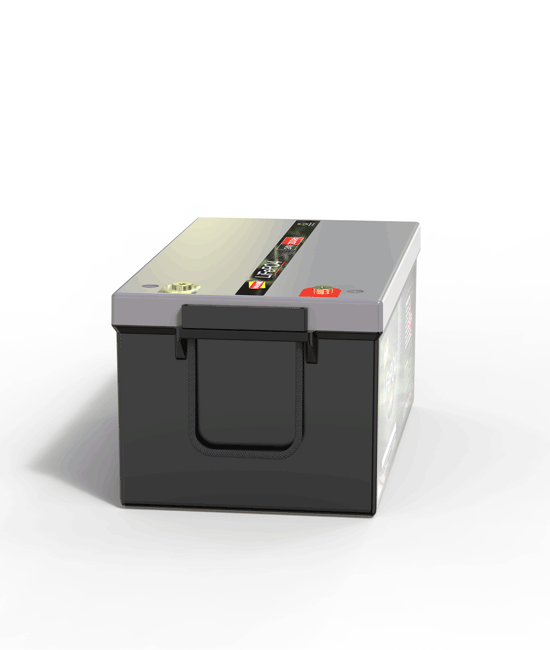Time:Aug 08, 2023 Views:830
1. Thermal energy storage
In a thermal energy storage system, thermal energy is stored in the medium of an insulated container and converted back into electrical energy when needed, or can be directly utilized without being converted back into electrical energy.

2. Mechanical energy storage
Pumped storage: Water that uses excess electricity as a liquid energy medium during low power grid periods is pumped from reservoirs with low terrain to reservoirs with high terrain. During peak load of the power grid, water from reservoirs with high terrain flows back to the lower reservoir to drive the turbine generator to generate electricity.
Compressed air energy storage: Utilizing the remaining electricity generated during low load periods in the power system, an electric motor drives an air compressor to compress the air into a sealed, large capacity underground cave that serves as a gas storage chamber. When the system's power generation is insufficient, compressed air is mixed with oil or natural gas through a heat exchanger and burned, leading it into a gas turbine for power generation.
Flywheel energy storage: It uses a high-speed rotating flywheel to store energy in the form of kinetic energy. When energy is needed, the flywheel slows down to release the stored energy.
3. Chemical energy storage
By using hydrogen or synthetic natural gas as a carrier for secondary energy and utilizing excess electricity to produce hydrogen, hydrogen can be directly used as a carrier for energy, or it can be reacted with carbon dioxide to form synthetic natural gas (methane). In addition to being used for power generation, hydrogen or synthetic natural gas can also be utilized in other ways such as transportation.
4. Electrical energy storage
Supercapacitor energy storage: A double layer structure composed of activated carbon porous electrodes and electrolytes is used to obtain extremely large capacitance.
Superconductive Energy Storage (SMES): A device that stores electrical energy using the zero resistance characteristic of superconductors.
5. Electrochemical energy storage
Lead acid battery: It is a type of battery with electrodes mainly made of lead and its oxides, and the electrolyte is a sulfuric acid solution.
Lithium ion battery: It is a type of battery that uses lithium metal or lithium alloy as the negative electrode material and uses a non-aqueous electrolyte solution.
Sodium sulfur battery: It is a secondary battery that uses metallic sodium as the negative electrode, sulfur as the positive electrode, and ceramic tubes as the electrolyte separator.
Fluid flow battery: A high-performance battery that utilizes the separation of positive and negative electrode electrolytes and their respective cycles.

X

Appointment Experience